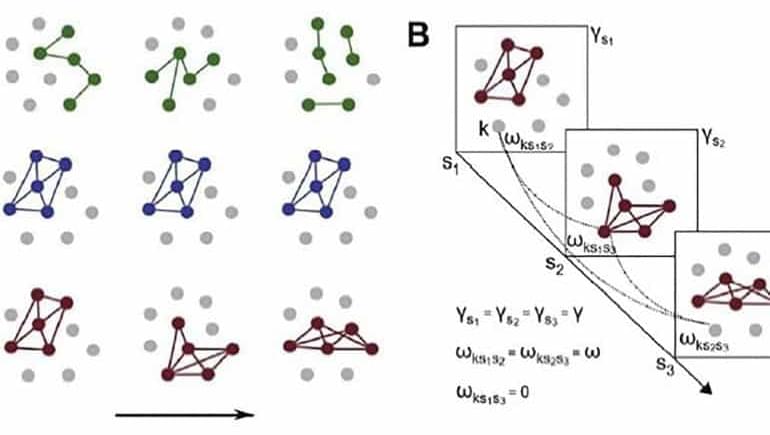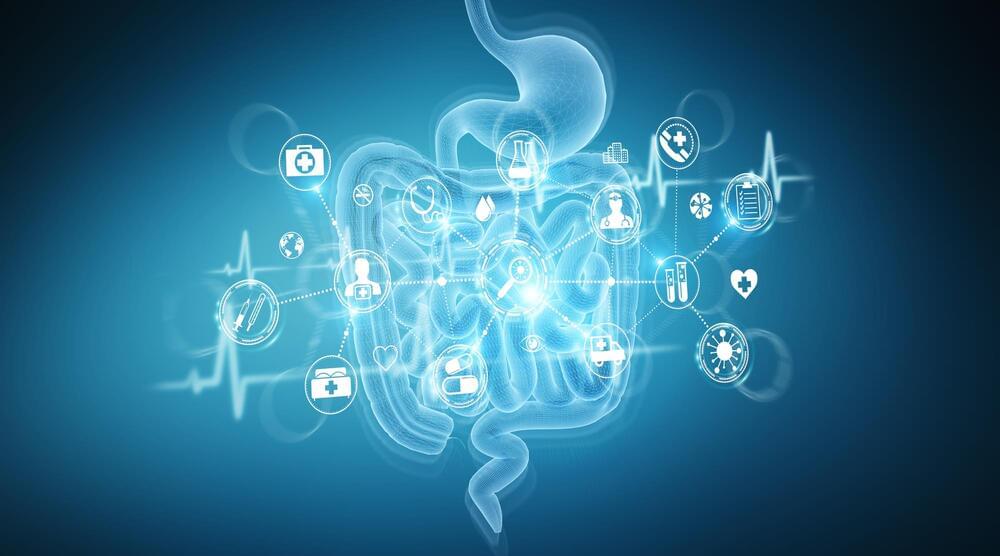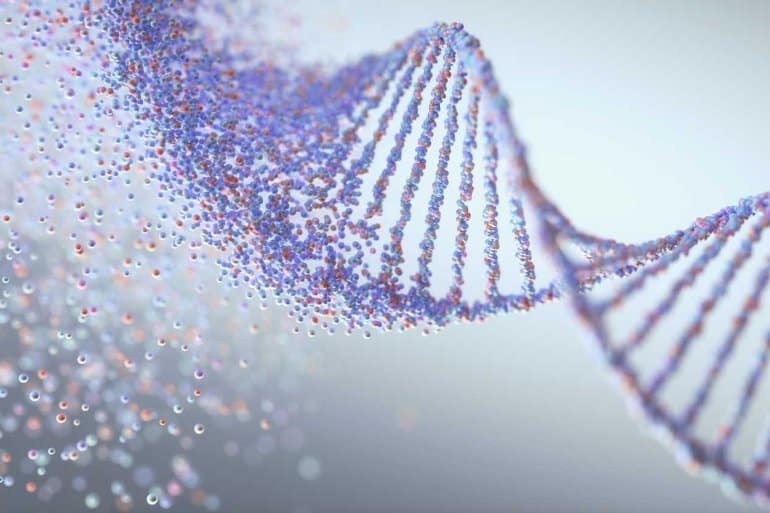Microbes may have influenced the evolution of the social brain and behavior as a means to propagate their own genetic material.
—Cryan, Dinan, et al., November 2,019 Science.
In an effort to extend their territory, microbes may push us to socialize.


Summary: Brain activity during conscious wakefulness presents large integrated and dynamic network modules which fragment during sleep.
Source: AIP
Consciousness remains one of the brain’s biggest mysteries. We know very little about how it emerges from activity within the brain, but most neuroscientists agree consciousness is dynamic in nature.

A number of recent studies have homed in on compelling associations between mental health and the microbiome. These insights into strange gut-brain connections have found links between depression and certain species of gut bacteria, and one study even found symptoms of schizophrenia could be transferred from mouse to mouse via fecal transplants.
But are these microbiome perturbations unique to specific psychiatric conditions, or is there a more common gut bacteria signature shared amongst several conditions?
Objective reality exists, but what can you know about it that isn’t subjective. According to some neuroscientists, not much.

No one can stay awake forever. While we’re awake, our need for sleep gradually increases. If we deprive ourselves of sleep, our brain functions – such as attention or judgement – are impaired, and sleep becomes irresistible. No matter whether we are on a couch or at work – if we ignore our need for sleep, we ultimately crash.
Although sleep is vital, until now it hasn’t been known which structure of the brain tells us when we are tired. But our recent study has shown in laboratory mice that the cerebral cortex, which is responsible for the most complex brain functions – including perception, language, thought and episodic memory – helps us track our need for sleep.

It is quickly becoming a hot topic among machine learning experts and those concerned with AI safety.
One of us (Anders) has a background in computational neuroscience, and now works with groups such as the AI Objectives Institute, where we discuss how to avoid such problems with AI; the other (Thomas) studies history, and the various ways people have thought about both the future and the fate of civilization throughout the past. After striking up a conversation on the topic of wireheading, we both realized just how rich and interesting the history behind this topic is.
It is an idea that is very of the moment, but its roots go surprisingly deep. We are currently working together to research just how deep the roots go: a story that we hope to tell fully in a forthcoming book. The topic connects everything from the riddle of personal motivation, to the pitfalls of increasingly addictive social media, to the conundrum of hedonism and whether a life of stupefied bliss may be preferable to one of meaningful hardship. It may well influence the future of civilization itself.

“You may hit the tipping point when you’re 50; it may happen when you’re 80; it may never happen,” Schindler said. “But once you pass the tipping point, you’re going to accumulate high levels of amyloid that are likely to cause dementia. If we know how much amyloid someone has right now, we can calculate how long ago they hit the tipping point and estimate how much longer it will be until they are likely to develop symptoms.”
Summary: A new algorithm uses neuroimaging data of amyloid levels in the brain and takes into account a person’s age to determine when a person with genetic Alzheimer’s risk factors, and with no signs of cognitive decline, will develop the disease.
Source; WUSTL
Researchers at Washington University School of Medicine in St. Louis have developed an approach to estimating when a person who is likely to develop Alzheimer’s disease, but has no cognitive symptoms, will start showing signs of Alzheimer’s dementia.
The algorithm, available online in the journal Neurology, uses data from a kind of brain scan known as amyloid positron emission tomography (PET) to gauge brain levels of the key Alzheimer’s protein amyloid beta.
In this podcast, I have invited Daniel Jue, one of the youngest Entrepreneurs of the field of AGI. Daniel is an Independent Artificial General Intelligence researcher at Cognami in the US. He has worked supporting the US Department of Defense, including Data Fusion and analytic development for DARPA, the Defense Advanced Research Projects Agency, whose mission is to prevent technological surprise by potential adversaries. In addition he worked with scientists and engineers at IronNet CyberSecurity, a startup with DARPA and NSA heritage who have recently gone public. In March of 2,021 Daniel took on full time AGI research, drawing upon the fields of Computer Science, Neuroscience, Philosophy and Psychology. Some of his major influences have been Jacques Pitrat’s CAIA (An Artificial AI Scientist) project, Jean Piaget’s childhood development theories and Spiking Neural Networks. He sees a generalizable substrate at the basis for AGI, where engineers design the “physics” in which intelligent behavior could emerge.
SUBSCRIBE to our YouTube Channel and “ring the bell” for all the latest videos from ‘The SCI-AI Podcast’ at https://bit.ly/3y6ISwL
- Listen to us on Buzzsprout: https://feeds.buzzsprout.com/1816580.rss.
- LIKE us on Facebook: https://www.facebook.com/podcazter.
- FOLLOW us on Twitter: https://twitter.com/MeharVik.
- FOLLOW us on Instagram: https://www.instagram.com/brightvik/
- SUBSCRIBE to our channel on Apple Podcast: https://apple.co/3gllCVL
- SUBSCRIBE to our channel on Spotify Podcast: https://spoti.fi/2WfCTZx.
Connect with Daniel Jue:
LinkedIn: https://www.linkedin.com/in/danieljue/
Connect with Vivek:
Linkedin: https://www.linkedin.com/in/vdahiya/
Twitter: https://twitter.com/MeharVik.
Instagram: https://www.instagram.com/brightvik/
Quora: https://www.quora.com/profile/Vivek-Dahiya-1
Timecodes:
0:24 Introduction of Daniel Jue.

Summary: A newly identified gene therapy pathway has the potential to protect us against dementia and cancer, researchers report.
Source: University of Sheffield.
Researchers from the University of Sheffield have discovered a new gene therapy pathway that has uncovered an important regulatory mechanism to keep our genome healthy. This pathway has the potential to protect us against serious life-limiting diseases such as cancer and dementia.